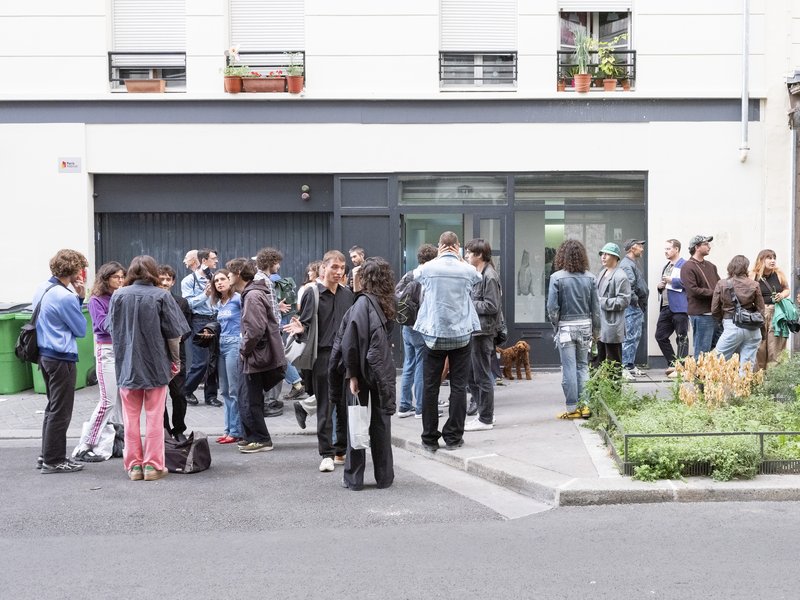
FINE ARTS
Deemed Visionless
Contemporary art is a richly varied field in which professions and specialisations are constantly being redefined. This program is for holders of a Bachelor’s degree who are passionate about various aspects of this discipline – be it as an artistic practice or through a more theoretical, curatorial approach. This Master offers a unique opportunity to gain insider understanding of the contemporary art scene by experiencing its mechanisms as one of its fully-fledged actors.
In particular, students are invited to temporarily join an institution of their choice so as to study the latter’s procedures and people who gravitate around them. The results of this research may be presented in the form of an artwork, exhibition project or publication. In the framework of courses provided at ECAL's premises by renowned practitioners and theoreticians, students are involved in workshops, research work and exhibition development. They also have the benefit of ECAL's multidisciplinary course of lectures.
From pure artistic practice to exhibition curatorship, via writing, teaching or research, the range of opportunities is all the wider by creating an exceptional portfolio.
English
Master of Arts HES-SO in Fine Arts, major in Contemporary Art Ensemble (CAE)
4 semesters
120 ECTS
Open Space MA Visual Arts Printing, Lithography & Silk-screen Workshop


1/2


1/2
Visual artist, Art critic, Curator, Art director, Teacher, Cultural mediator, Performer, Stage manager, Exhibition designer, Video artist…
(BA and MA Fine Arts) Alfredo Aceto, Valentin Carron, Claudia Comte, Sylvain Croci-Torti, Stéphane Dafflon, Philippe Decrauzat, Natacha Donzé, Cyprien Gaillard, Frédéric Gabioud, David Hominal, Gilles Furtwängler, Mélodie Mousset, Simon Paccaud, Gina Proenza, Jeanne-Salomé Rochat, Denis Savary, Baker Wardlaw, Shirin Yousefi...
Stéphanie Moisdon
Assistants
Lucas Erin
Shirin Yousefi
Engraving workshop
François Kohler
Lithography workshop
Simon Paccaud
Silk-screen workshop
Sylvain Croci-Torti
Valentin Carron
Stéphanie Moisdon
Denis Savary
Philippe Azoury
Neil Beloufa
Emanuele Coccia
François Cusset
Tristan Garcia
Vincent Normand
Matthew Lutz Kinoy
Fabian Marti
Mélanie Matranga
Emanuel Rossetti
Bea Schlingelhoff
Lucie Stahl
Zoé Stillpass
Natsuko Uchino
Marie Angeletti
Daniel Baumann
Alexandra Bachzetsis
Tenzing Barshee
Cecilia Bengolea
Pierre Bismuth
Willem De Rooij
Claire Fontaine
Dominique Gonzalez-Foerster
Camille Henrot
Thomas Hirschhorn
Karl Holmqvist
Michel Houellebecq
Pierre Joseph
Isabel Lewis
Balthazar Lovay
Nathaniel Mellors
Noémi Michel
Shahryar Nashat
Hans Ulrich Obrist
Susanne Pfeffer
Anne Pontégnie
Pamela Rosenkranz
Gerwald Rockenschaub
Georgia Sagri
Julia Scher
Slavs and Tatars
Juergen Teller
Eric Troncy
Oscar Tuazon
Xavier Veilhan
Françoise Vergès
Tris Vonna-Michell